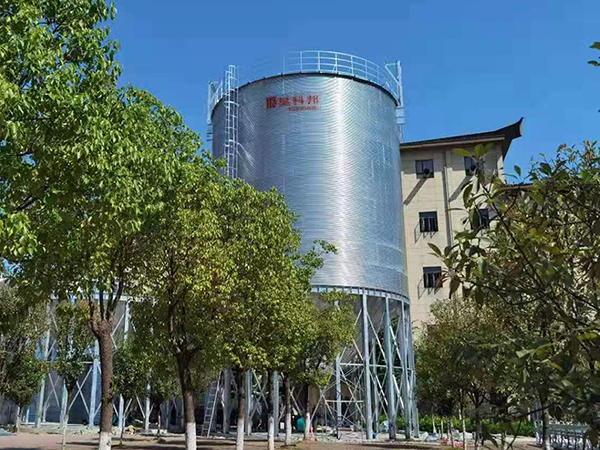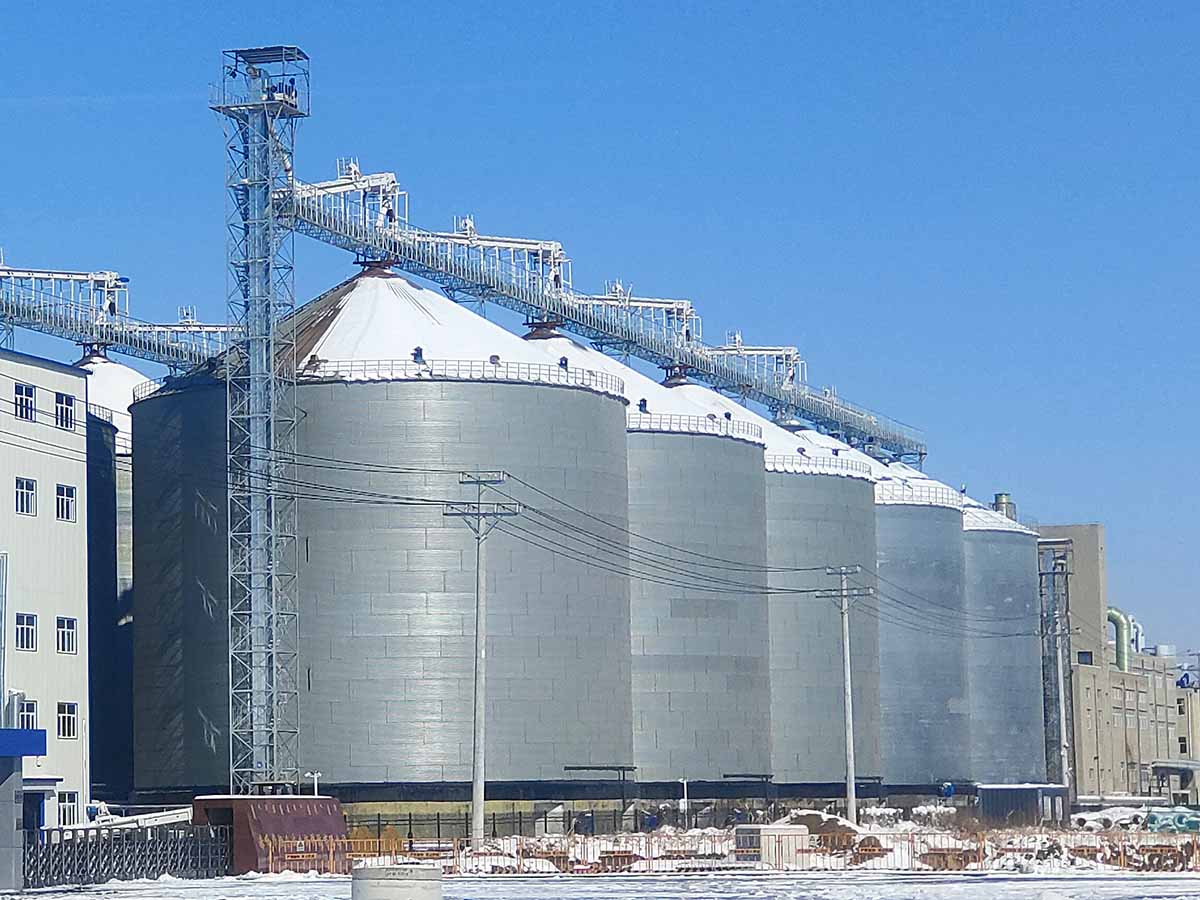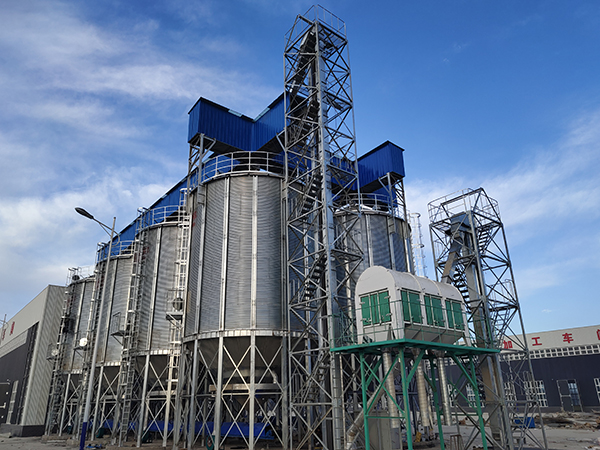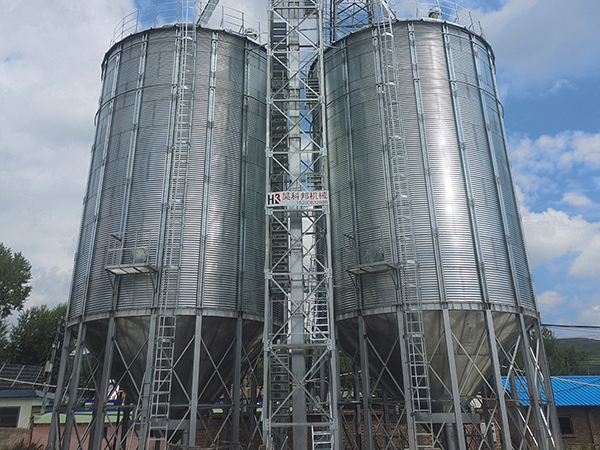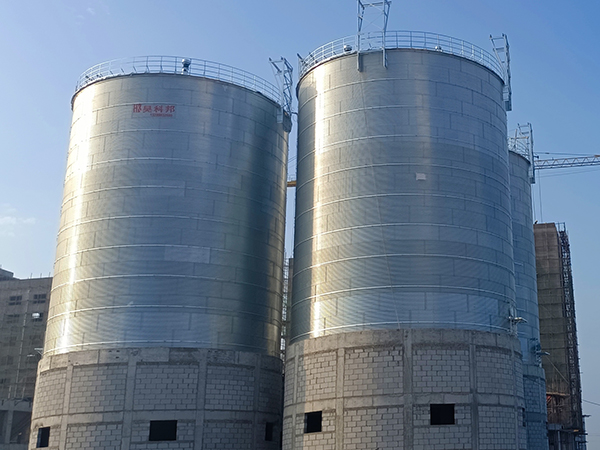Uganda 2 Sets 2000 Ton Silo
Project Background
In Uganda, to enhance grain storage efficiency and reduce wastage, the local government decided to construct two sets of 2000 ton silo. These silos are designed to employ advanced storage technology to ensure the quality and safety of the grain throughout the storage period.
Design and Planning
The engineering team initially conducted an in-depth study of Uganda’s climate conditions, types of grains, and storage requirements. Based on this data, they designed 2000 ton silo suitable for the local environment. Each silo is equipped with an automated control system for precise temperature and humidity management.

Material Selection and Construction
Durable and corrosion-resistant materials were selected for the construction of the silos to adapt to Uganda’s variable climate. During the construction process, engineers supervised the work on-site to ensure that every step complied with the design specifications and provided professional training to local workers to guarantee construction quality.
Installation and Commissioning
Once the main structure of the silos was completed, engineers guided the installation of internal equipment, including the conveying system, ventilation system, and monitoring system. Each system was meticulously designed to match the 2000 ton capacity of the silos and to operate efficiently.
Training and Handover
To ensure the long-term stable operation of the silos, engineers provided comprehensive training to the operators, covering equipment operation, maintenance, and troubleshooting. After completing all installation and training work, the two sets of 2000 ton silo were officially handed over for use.
Outcomes and Impact
The construction of these two sets of 2000 ton silos significantly enhanced Uganda’s grain storage capacity. They improved the efficiency of grain storage and reduced losses due to improper storage. This played a crucial role in safeguarding local food security.
Conclusion
The 2000 ton silo project in Uganda is a successful case of international cooperation, demonstrating that through technological innovation and professional guidance, the infrastructure level of developing countries can be effectively improved. The completion of these silos has brought direct economic and social benefits to Uganda. Additionally, it has provided valuable experience for other countries.

